Internal Linking Best Practices: Complete Guide for SEO Success in 2025
Key Takeaways
- Internal links distribute page authority across your website, helping important pages rank higher in search results
- Strategic internal linking reduces crawl depth and helps search engines discover and index new content faster
- Descriptive anchor text in internal links signals content relevance to both users and search engines
- Regular auditing prevents broken links and orphan pages that harm user experience and SEO performance
- Topic clusters connected through internal links establish topical authority and improve rankings for related keywords
Your website’s internal linking structure could be the difference between page one rankings and digital obscurity. While most site owners obsess over backlinks from external websites, they ignore the goldmine sitting right under their nose: the web of connections within their own domain.
Smart internal linking can boost your SEO performance by 5-10% without spending a dime on external link building. When Google’s John Mueller calls internal linking “super critical for SEO,” it’s time to pay attention. This comprehensive guide reveals the internal linking best practices that turn scattered content into a ranking powerhouse.
What Are Internal Links
Internal links are hyperlinks that connect one page on your site to another page on your website within the same domain. Unlike external links that point to other websites, internal links keep users navigating within your site’s architecture while distributing link equity across your internal pages.
Every internal link consists of anchor text—the clickable portion that users see—and an href attribute pointing to the linked page. These connections serve dual purposes: guiding human visitors through your content and helping search engine crawlers understand your website structure.
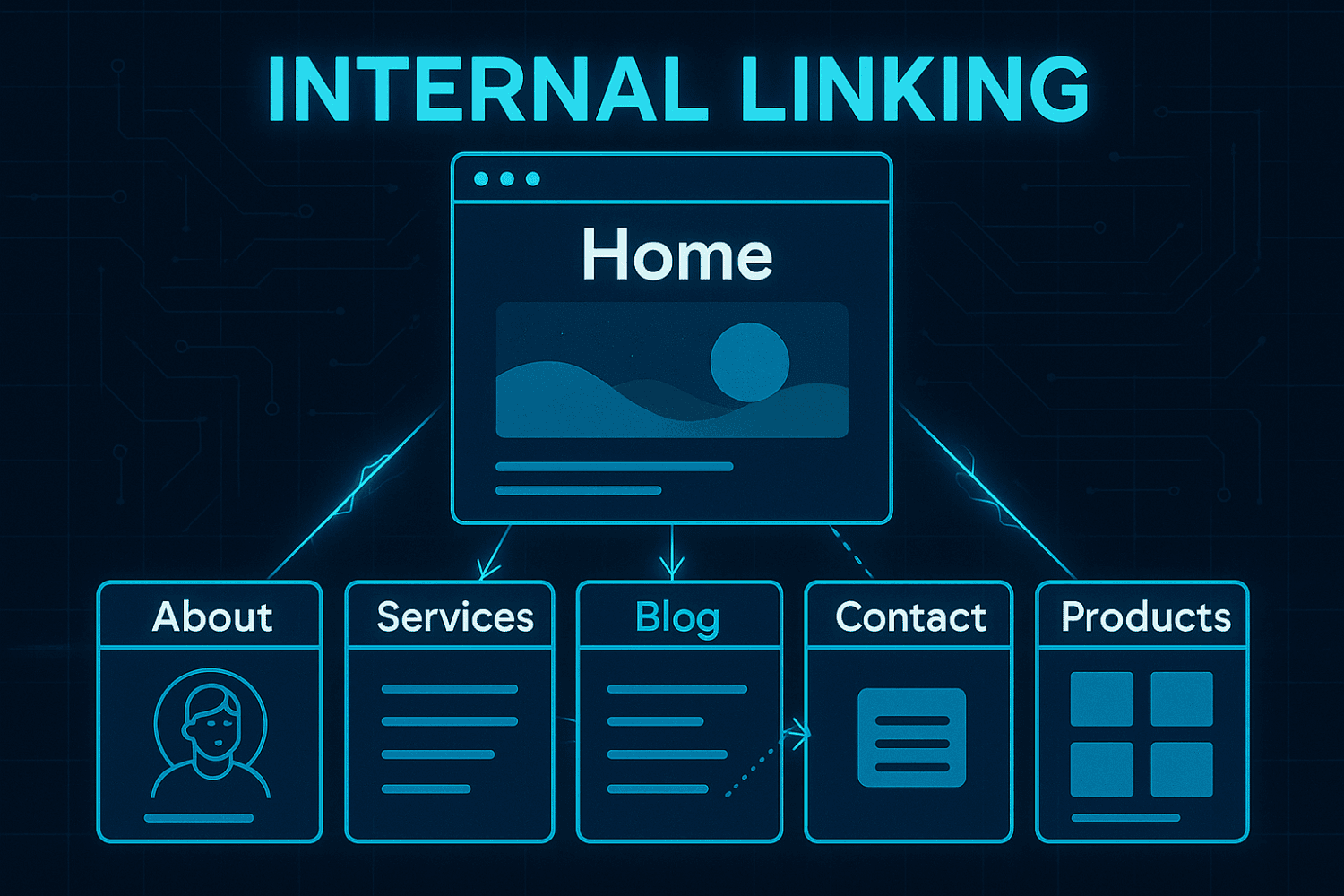

Internal links differ fundamentally from external links and backlinks. While external links point outward to different domains and backlinks come from other sites pointing to yours, internal links circulate authority entirely within your website. This makes them the only ranking factor under your complete control.
The basic HTML structure uses anchor tags with href attributes pointing to pages on your site. Whether linking to product pages, blog posts, or service pages, each internal link becomes part of your site’s navigation ecosystem that both users and search engines rely on to find and understand your content.
Why Internal Linking Matters for SEO
Internal linking forms the backbone of effective search engine optimization, creating pathways that search engines follow to discover, crawl, and index your website’s content. When implemented strategically, internal links distribute link equity from high authority pages to newer or deeper content, ensuring important pages receive the ranking power they deserve.
Search engines understand your website’s hierarchy and content relationships through internal link patterns. Pages with more internal links pointing to them signal higher importance, while the anchor texts provide semantic clues about page content. This internal linking structure directly influences how search engines rank your pages in search engine results pages.
How Search Engines Use Internal Links
Google’s crawling process follows internal link paths to discover new pages and understand content relationships. Search engine crawlers start from your homepage and follow each internal link to find additional pages, making internal links the primary discovery mechanism for fresh content on your website.
PageRank distribution flows through internal link networks, transferring authority from established pages to linked content. Pages receiving more incoming internal links from authoritative sources gain higher potential for ranking well. This link juice distribution system makes strategic internal linking essential for maximizing your site’s overall search performance.


Content hierarchy understanding helps search algorithms determine which pages deserve priority in indexing and ranking decisions. Well-organized website structure with logical internal linking patterns signals content quality and relevance to search engines, improving your chances of ranking for target keywords.
Crawl budget optimization becomes crucial for large websites with thousands of pages. Search engines allocate limited crawling resources to each site, making internal links the mechanism that ensures important pages receive regular attention from search engine crawlers.
Impact on User Experience
Reduced bounce rates result from relevant link suggestions that keep visitors engaged with your content. When users find additional valuable resources through contextual links, they’re more likely to explore multiple pages instead of leaving immediately after viewing one page.
Increased pages per session and time on site metrics improve when internal links guide users through logical content journeys. Strategic placement of related pages links creates natural progression paths that extend user engagement and provide more opportunities for conversion.
Clear navigation paths enhance website usability by helping visitors find relevant content quickly. Effective internal linking strategy includes both navigational links in menus and contextual links within content that anticipate user needs and guide them to helpful resources.
Content discovery improves dramatically when internal links surface related pages that users might otherwise never find. Deep pages that require multiple clicks to reach through traditional navigation become accessible through direct internal links within relevant content.
Types of Internal Links
Understanding different internal link categories helps you implement a comprehensive linking strategy that serves both users and search engines. Each type of internal link serves specific purposes and contributes differently to your overall site structure and SEO performance.
Effective internal linking strategy combines multiple link types to create a robust navigation system. The key lies in using each type strategically based on user intent and content relationships rather than randomly adding internal links throughout your pages.
Navigational Links
Header menu links connect users to main website sections and primary service or product categories. These navigational links appear on every page, providing consistent access to your most important pages and distributing link equity broadly across your site’s architecture.
Footer links typically include secondary navigation to important pages like contact information, privacy policies, and about pages. While footer links carry less weight than contextual links, they ensure essential pages remain accessible from any location on your website.
Sidebar navigation facilitates category browsing, particularly useful for e-commerce sites and content-heavy websites. Sidebar links help users filter and find specific types of content while keeping related pages interconnected through your internal linking structure.
Breadcrumb navigation shows page hierarchy and provides an additional layer of internal links that help both users and search engines understand content organization. Breadcrumbs create automatic links pointing back to parent categories and ultimately to your homepage.
Contextual Links
In-content links to related blog posts and resources provide the most SEO value because they appear within the main content area where search engines expect to find editorial links. These contextual links carry more weight for link equity distribution than navigational elements.
Product page links within article content create natural conversion opportunities while providing relevant additional information. When blog posts reference specific products or services, linking to those pages helps both user experience and internal link distribution to commercial pages.
Reference links support content claims and provide additional depth for readers seeking more information. These links demonstrate content quality and authority while connecting related pieces of your content library into cohesive topic clusters.
Related content suggestions at article end extend user engagement by offering logical next steps. “You may also like” sections and similar content recommendations keep visitors exploring your site while building connections between related pages.
Call-to-Action Links
Conversion-focused links direct users toward commercial pages where they can take desired actions like purchasing products or requesting services. These internal links serve business objectives while contributing to your overall internal linking structure.
Product page links from blog content bridge the gap between informational and commercial content. When educational articles mention products or services you offer, strategic internal links guide interested readers toward conversion opportunities.
Newsletter signup and contact form links capture leads and provide clear next steps for engaged visitors. Including these links in relevant contexts throughout your content creates multiple touchpoints for conversion without appearing overly promotional.
Service page connections from informational content help establish topical authority while guiding users from research mode toward hiring decisions. These links work particularly well in how-to content and problem-solving articles that naturally lead to service needs.
Building Your Internal Linking Strategy
Creating an effective internal linking strategy requires systematic planning that aligns with your content goals and user needs. Start by identifying your most important pages—those you want to rank well and those that drive conversions—then build link pathways that support these priorities.
Goal setting involves determining which pages need more authority, which content clusters need stronger connections, and where you want to guide user traffic. Your internal linking efforts should support both SEO objectives and business outcomes through strategic link placement and anchor text optimization.
Content mapping reveals relationships between existing pages and identifies opportunities for new connections. Analyze your current content library to find natural linking opportunities and gaps where additional content could strengthen topic clusters.
Implementation timeline should prioritize high-impact opportunities first, such as linking from high authority pages to important commercial pages, before moving to comprehensive cluster development and ongoing maintenance tasks.
Site Structure Planning
Creating logical content hierarchy starts with positioning your homepage at the top, followed by main category pages, subcategory pages, and individual content pieces. This hierarchical structure provides clear pathways for link equity distribution and user navigation.
Category and subcategory organization works particularly well for e-commerce sites where products naturally group into logical segments. Each category page becomes a hub that links to relevant product pages while connecting to related categories through strategic internal linking.
Blog content classification by topics and subtopics enables topic cluster development where pillar pages serve as main hubs linked to supporting cluster content. This organization helps search engines understand your content expertise and authority within specific subject areas.
Service page structure for local businesses should connect related services while maintaining clear pathways from informational content to commercial pages. Location-specific landing pages benefit from internal links that establish geographic and topical relevance.
Identifying Pillar Pages and Topic Clusters
Selecting broad topic pages as content hubs involves identifying pages that cover comprehensive subjects where you want to establish authority. These pillar pages should target broader keywords and serve as the foundation for related cluster content.
Creating supporting cluster content around main themes requires developing specific articles that dive deeper into subtopics covered broadly on pillar pages. Each cluster page should link back to its pillar page while connecting to related cluster content within the same topic area.
Connecting clusters through strategic internal linking creates a web of related content that signals topical authority to search engines. Internal links pointing between cluster pages and from clusters to pillars distribute link equity while keeping users engaged with related content.
Successful content marketing campaigns often use this cluster approach to dominate search results for entire topic areas. By creating comprehensive coverage of a subject and connecting it through internal links, websites can establish themselves as authoritative sources.
Authority Page Identification
Using tools like Ahrefs and SEMrush helps identify which pages on your site already possess high domain authority and receive the most external links. These authority pages become prime candidates for distributing link equity to other important pages through strategic internal linking.
Analyzing backlink profiles reveals which pages external websites consider most valuable, indicating where your link equity naturally concentrates. Pages with strong backlink profiles can transfer some of that authority to other pages through internal links.
Leveraging authority pages to boost weaker content involves adding relevant internal links from high-authority pages to newer or less-linked content that needs ranking support. This link equity distribution helps newer pages gain traction in search results more quickly.
Creating link equity distribution plans ensures authority flows strategically throughout your site rather than concentrating only on a few pages. Plan internal links that move equity from high-performing pages to priority commercial pages and important content clusters.
Internal Linking Best Practices
Implementing proven internal linking best practices maximizes the SEO and user experience benefits while avoiding common pitfalls that can harm your rankings. Quality trumps quantity in internal linking—focus on creating relevant, valuable connections rather than adding links for the sake of link count.
Relevance and context considerations should guide every internal linking decision. Links should make sense within the content flow and provide genuine value to readers, not just attempt to manipulate search engine rankings through excessive linking.
Technical implementation requires attention to URL structure, anchor text optimization, and link placement. Following technical best practices ensures search engines can properly crawl and understand your internal link structure.
Anchor Text Optimization
Using descriptive keywords that match target page content helps both users and search engines understand what they’ll find on the linked page. Anchor text should accurately describe the destination while incorporating relevant keywords naturally within the content flow.
Avoiding generic phrases like “click here” and “read more” wastes valuable SEO opportunities and provides little information about linked content. Instead, use specific descriptive anchor text that includes target keywords and gives users clear expectations about the destination.
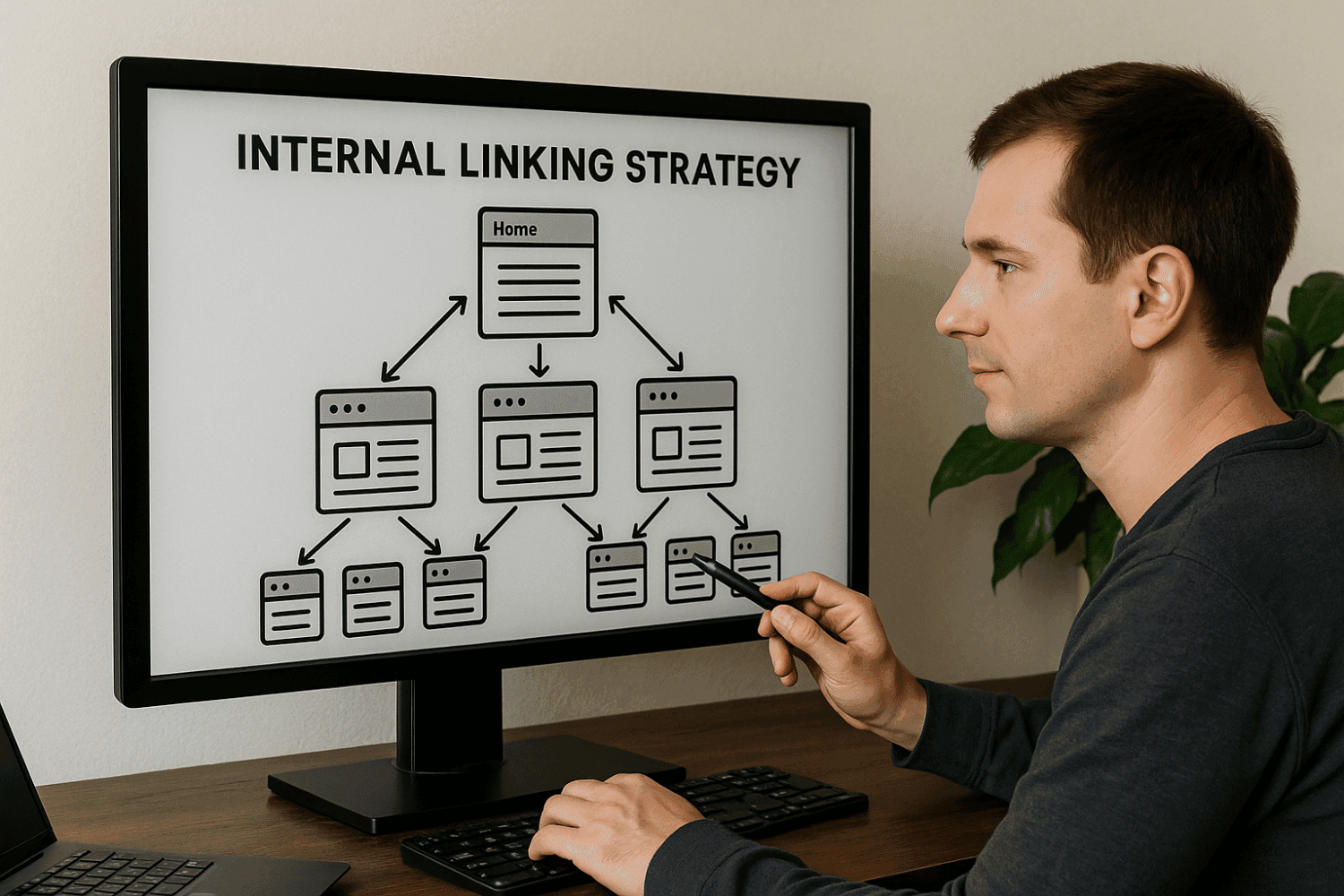

Balancing exact match and branded anchor text prevents over-optimization while maintaining keyword relevance. Use exact match anchor text sparingly, mixing in branded terms, partial matches, and natural language variations to maintain authenticity.
Natural language integration ensures anchor text flows smoothly within sentences and paragraphs. Forced or awkward anchor text implementation can harm user experience and appear manipulative to search engines, so prioritize readability alongside optimization.
Link Placement and Distribution
Strategic positioning within content maximizes both user engagement and SEO value. Links placed early in content and within the main text area carry more weight than those buried in footers or sidebars, making contextual links particularly valuable.
Above-the-fold link placement captures user attention when content loads, increasing click-through rates and engagement. However, don’t sacrifice content quality or natural flow just to place links prominently—context and relevance remain most important.
Optimal number of internal links per page typically ranges from 3-8 for most content, though pillar pages and resource hubs may naturally include more links. Focus on quality and relevance rather than hitting specific numbers, as too many links can dilute individual link value.
Spacing links throughout content creates multiple engagement opportunities without overwhelming readers. Distribute internal links logically based on content flow rather than clustering them in single paragraphs or sections.
Crawl Depth Management
Keeping important pages within 3 clicks from your homepage ensures search engine crawlers can easily discover and regularly index priority content. Pages buried deeper in site structure may receive less crawling attention and struggle to rank well.
Using internal links to reduce page depth involves creating direct pathways from high-authority pages to deep but valuable content. Strategic internal linking can effectively shorten the crawl path to important pages that might otherwise remain buried.
Creating shortcut links to deep but valuable pages helps both users and crawlers access important content more efficiently. Consider adding contextual links from relevant content that directly connect to these otherwise hard-to-reach pages.
Monitoring crawl depth with Google Search Console provides insights into how search engines view your site structure. Regular monitoring helps identify pages that may need additional internal links to improve their discoverability and ranking potential.
Common Internal Linking Mistakes to Avoid
Technical errors, strategic missteps, and over-optimization can undermine your internal linking efforts and harm overall SEO performance. Understanding common mistakes helps you implement internal linking strategies that support rather than hinder your ranking goals.
Content strategy mistakes often stem from focusing too heavily on search engines while ignoring user needs. The most effective internal linking strategy serves users first, as satisfied users create the engagement signals that search engines value.
Over-optimization penalties result when internal linking appears manipulative rather than helpful. Search engines can identify and devalue unnatural linking patterns, making it essential to maintain authenticity in your internal linking efforts.
Broken Links and Technical Issues
404 errors from deleted or moved pages create poor user experience and waste link equity. Regular monitoring and updating of internal links ensures users and search engines can access referenced content without encountering dead ends.
Redirect chains create crawling inefficiencies when internal links point to pages that redirect multiple times before reaching final destinations. Clean up redirect chains by updating internal links to point directly to final URLs whenever possible.
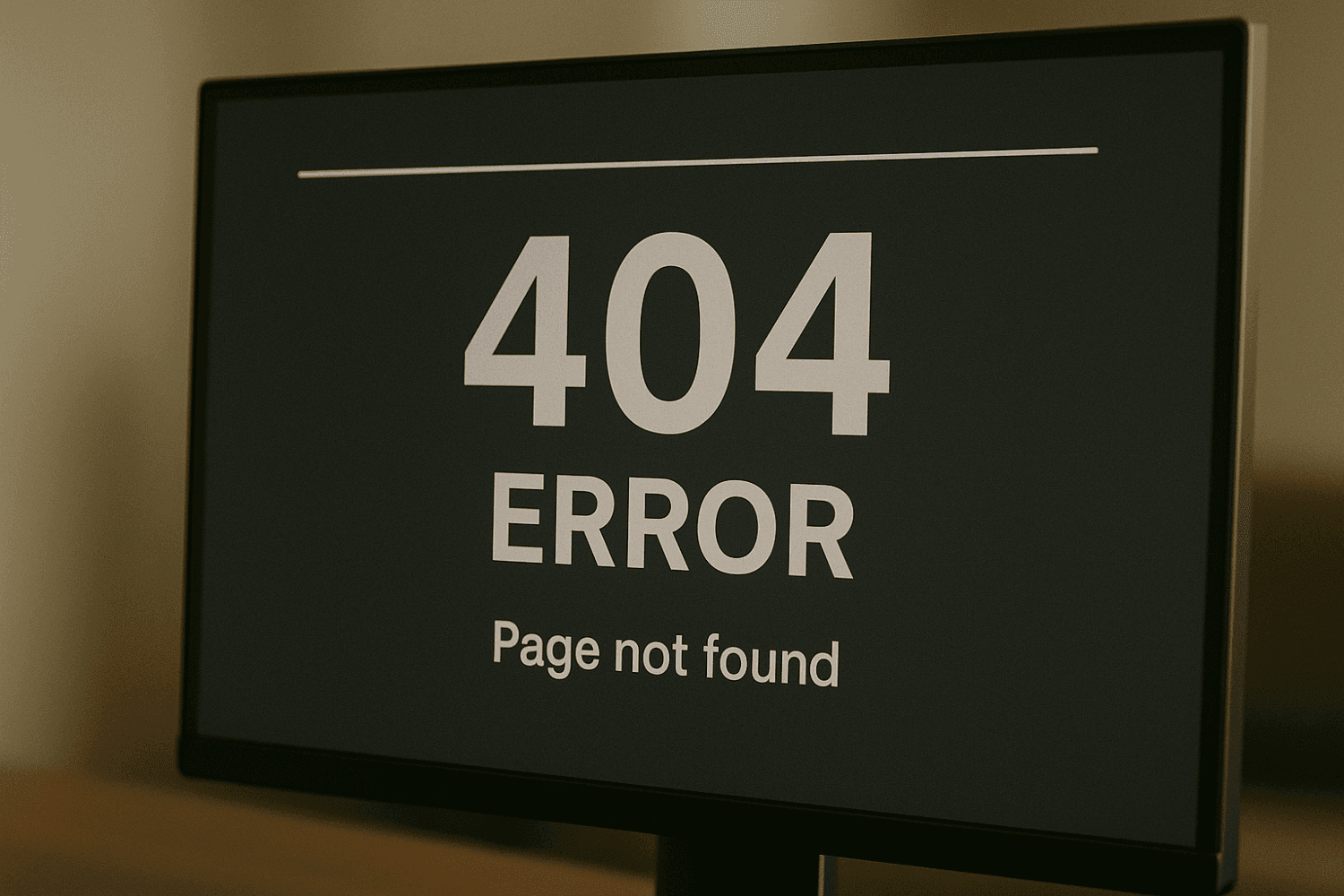

HTTPS to HTTP linking can cause security warnings and mixed content issues that harm user trust and technical SEO. Ensure all internal links use consistent HTTPS protocols to maintain site security and avoid browser warnings.
Non-canonical page linking dilutes authority when internal links point to non-preferred versions of pages. Always link to canonical URLs to consolidate ranking signals and avoid confusing search engines about which page version to index.
Over-Linking and Spam Signals
Excessive links overwhelm users and search engines, creating negative experiences that can harm rankings. When pages contain too many links, individual link value decreases and users struggle to identify the most important pathways.
Keyword stuffing in anchor text appears manipulative and can trigger search engine penalties. Over-optimized anchor text patterns look unnatural and may cause search engines to devalue your internal linking efforts.
Irrelevant linking harms user experience by sending visitors to pages that don’t match their expectations or needs. Every internal link should provide genuine value and logical connection to the source content.
Automated linking tools can create unnatural patterns that search engines easily identify as manipulative. While automation can help identify opportunities, human review ensures links serve user needs and maintain natural language flow.
Orphan Pages and Poor Structure
Pages with no incoming internal links become orphaned content that search engines may never discover or index. Regular audits help identify orphan pages that need integration into your internal linking structure.
Deep pages requiring too many clicks to reach from the homepage may receive insufficient crawling attention and struggle to rank well. Strategic internal linking from authoritative pages can reduce effective depth and improve discoverability.
Missing connections between related content waste opportunities to guide users through logical content journeys while failing to establish topical authority through cluster connections.
Inconsistent linking patterns across site sections create uneven link equity distribution and confuse search engines about content importance and relationships. Develop systematic approaches to ensure consistent internal linking across all site areas.
Auditing and Monitoring Internal Links
Regular internal link auditing identifies optimization opportunities, technical issues, and structural improvements that enhance both SEO performance and user experience. Comprehensive auditing requires combining automated tools with manual review to catch issues that tools might miss.
Tools and techniques for link analysis range from free options like Google Search Console to comprehensive paid solutions that provide detailed insights into link equity distribution and optimization opportunities.
Performance tracking involves monitoring metrics like crawl depth, link equity flow, and user engagement to measure the effectiveness of your internal linking efforts and identify areas for improvement.
Essential Auditing Tools
Google Search Console provides valuable insights into how search engines view your internal link structure, including crawl depth analysis and pages with insufficient internal links. The Coverage report helps identify orphan pages that may need additional internal connections.
Screaming Frog offers comprehensive site crawling that reveals broken internal links, redirect chains, and pages with excessive outbound links. This desktop tool excels at technical analysis and can export data for detailed review and prioritization.
Ahrefs Site Audit includes internal linking analysis within its broader technical SEO review, identifying opportunities to improve link distribution and fix technical issues that harm crawling efficiency.
SEMrush Site Audit provides internal linking recommendations alongside competitive analysis, helping you understand how your internal linking structure compares to top-ranking competitors in your niche.
Key Metrics to Monitor
Pages with excessive internal links (over 100 links) may dilute individual link value and create poor user experience. Monitor high-link pages to ensure they serve legitimate navigation purposes rather than attempting to manipulate rankings.
Orphan pages requiring connection to site structure represent missed opportunities for content discovery and ranking improvement. Regular identification and integration of orphan pages ensures all valuable content participates in your internal linking ecosystem.
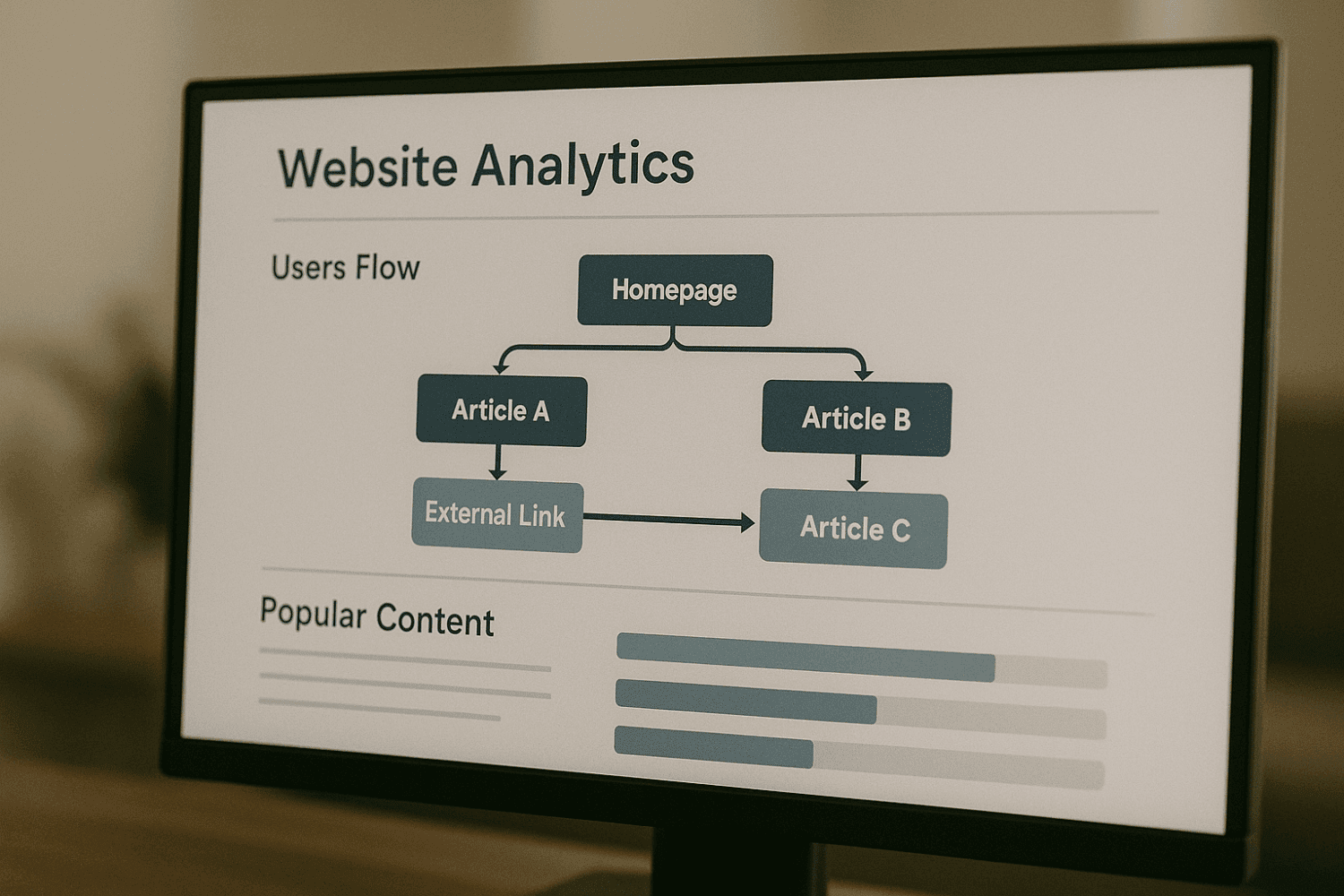

Broken internal links causing 404 errors waste link equity and frustrate users. Monitoring and fixing broken links maintains smooth user experience while preserving the authority-passing benefits of internal linking.
Pages with insufficient internal links (under 3 links) may lack the authority distribution needed for optimal ranking performance. Identify under-linked pages and add relevant connections from appropriate source content.
Crawl depth distribution across important pages reveals whether priority content receives adequate internal linking support. Pages requiring too many clicks from the homepage may need additional shortcut links from relevant content.
Monthly Maintenance Tasks
Adding internal links to new content from relevant existing pages ensures fresh content gains discovery and authority benefits immediately upon publication. Develop workflows that identify linking opportunities for every new piece of content.
Updating old content with links to recent publications keeps your internal linking structure current while providing fresh relevance signals to search engines. Regular content updates with new internal links can refresh older pages in search results.
Fixing broken links discovered through crawling tools maintains user experience and preserves link equity flow. Establish regular schedules for broken link identification and repair to prevent accumulation of technical issues.
Optimizing anchor text for better keyword targeting involves reviewing existing internal links and updating anchor text to better reflect target keywords and user intent while maintaining natural language flow.
Advanced Internal Linking Strategies
Sophisticated internal linking strategies leverage data, automation, and technical optimization to maximize competitive advantages while scaling effectively across large websites. These advanced approaches require more resources but can yield significant ranking improvements.
Automation and scaling considerations become crucial for websites with hundreds or thousands of pages where manual internal linking becomes impractical. Smart automation preserves the quality benefits of strategic linking while handling the scale requirements.
Integration with content marketing and SEO workflows ensures internal linking supports broader marketing objectives while maintaining technical excellence and user focus.
Dynamic Linking Based on User Behavior
Using analytics data to identify popular content paths reveals user preferences that can guide internal linking optimization. Heat mapping and user flow analysis show which internal links users actually click and which areas they ignore.
A/B testing different linking strategies helps optimize placement, anchor text, and link quantity for maximum engagement and conversion. Test variations in internal linking approach to identify what works best for your specific audience and content types.
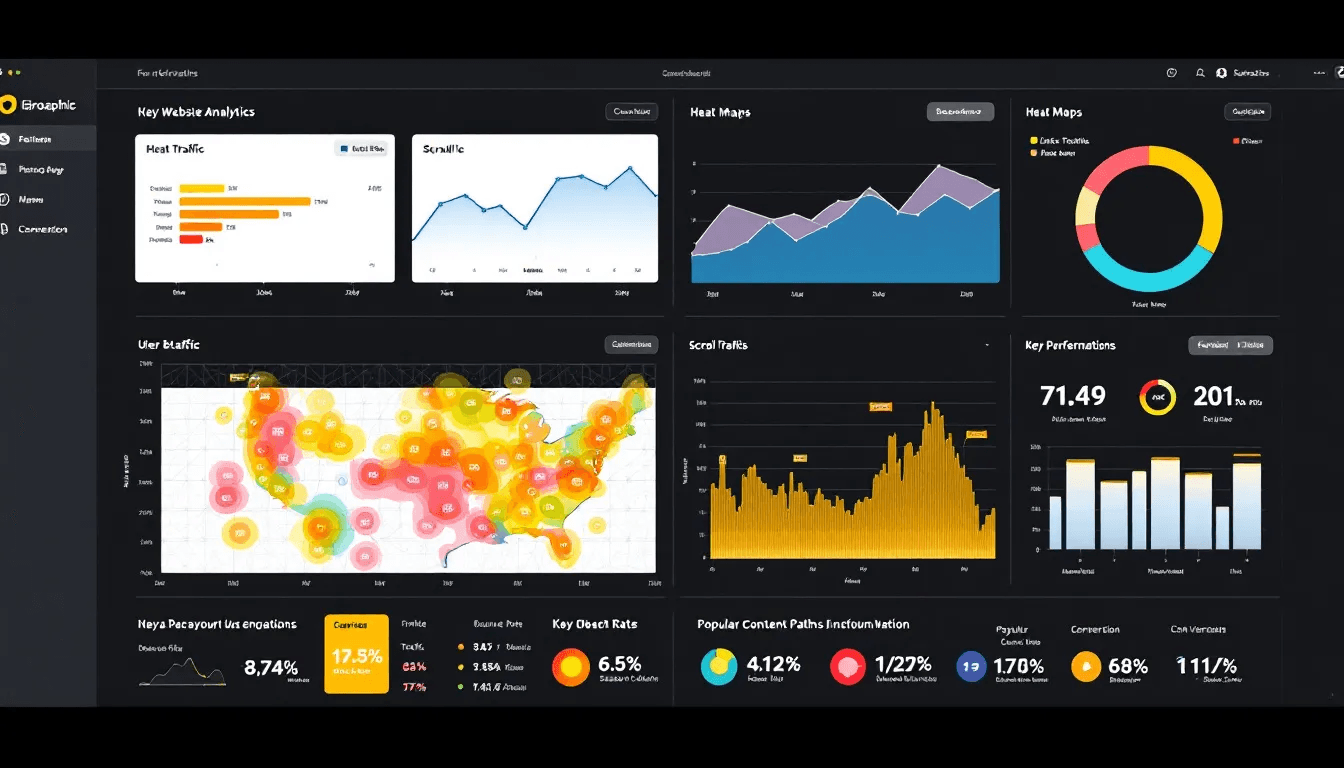

Personalizing internal links based on user segments can improve relevance and engagement for different audience types. Advanced implementations might show different related content recommendations based on user behavior patterns or demographic data.
Seasonal and trending content linking optimization involves updating internal links to promote timely content when relevant, then adjusting links as trends change to maintain relevance and capitalize on current interest.
Technical Implementation Considerations
JavaScript-rendered links and SEO implications require careful consideration as search engines continue improving at crawling dynamic content. Ensure critical internal links remain accessible to crawlers while leveraging dynamic functionality for enhanced user experience.
Lazy loading effects on internal link discovery can delay or prevent search engines from finding linked content. Implement lazy loading carefully to avoid hiding important internal links from crawlers while maintaining page speed benefits.
Mobile-first indexing and responsive link placement require ensuring internal links work effectively across all device types. Mobile users may interact differently with internal links, requiring optimization for touch interfaces and smaller screens.
Core Web Vitals impact from link-heavy pages means balancing internal linking benefits with page performance requirements. Heavy internal linking can slow page loading, so optimize implementation to maintain speed while preserving SEO benefits.
FAQ
How many internal links should each page have?
Aim for 3-8 relevant internal links per page for optimal balance between SEO benefits and user experience. Pillar pages and comprehensive resource pages can naturally accommodate more links (10-15) due to their hub nature and extensive content coverage. Quality and relevance matter significantly more than hitting specific numbers—focus on providing genuine value to users rather than meeting arbitrary link quotas. Avoid exceeding 100 total links per page as this can dilute individual link value and create overwhelming navigation for users.
Should I use nofollow attributes on internal links?
Avoid using nofollow attributes on internal links as this blocks link equity transfer and prevents search engines from following important pathways through your site. Use nofollow only for internal links to non-editorial pages like privacy policies, terms of service, or login pages where passing authority doesn’t serve SEO purposes. Default dofollow attributes allow proper PageRank distribution across your website and help search engines understand content relationships. Nofollow internal links can actually prevent important pages from being crawled and indexed effectively.
How often should I audit my internal linking structure?
Perform comprehensive internal link audits quarterly for most websites to maintain optimal performance and catch developing issues before they impact rankings. Monthly checks are recommended for sites publishing daily content or making frequent structural changes. Immediate audits should follow major site restructures, migrations, or significant content reorganization to ensure all links function properly. Set up automated monitoring for broken links and orphan pages to catch critical issues between comprehensive manual reviews.
Can too many internal links hurt my SEO rankings?
Excessive internal linking can dilute link equity and confuse both users and search engines about content priorities. Google may devalue pages containing hundreds of irrelevant internal links as this appears manipulative rather than helpful. Focus on quality over quantity for sustainable SEO benefits—each internal link should serve a clear purpose for users and contribute to logical site navigation. User experience should guide internal linking decisions over SEO manipulation, as search engines increasingly reward authentic, helpful linking patterns.
What’s the difference between internal linking and external linking for SEO?
Internal links distribute authority within your domain and help establish site structure, while external links build overall domain authority through third-party validation. You maintain complete control over internal linking strategies but have limited influence over external backlinks from other websites. Internal links help search engines understand your site’s content hierarchy and relationships, while external links provide credibility signals and referral traffic from other domains. Both are essential components of comprehensive SEO strategy and should complement each other—internal links ensure authority flows properly within your site while external links bring that authority from outside sources.




